- to survey the biodiversity and species richness, as well as organisms’ density within these ferns
- to compare macroinvertebrate communities from ferns at different heights and of different weights
- identify patterns of macroinvertebrate assemblages according to the mentioned variables
Individual ferns on 18 randomly-selected trees were removed and thoroughly dissected to collect all fauna within.
When addressing their second objective they found that there were no significant relationships between invertebrate diversity or abundance and height or weight of the epiphyte. The authors speculate that the diversity and abundance of invertebrates is more likely related to the microhabitat within each fern and suggest that the presence or absence of canopy soil is probably an important factor in determining critter populations.
"There will undoubtedly be other, overlooked, concentrations of invertebrates in the canopy, living in a wide range of habitats other than epiphytes. As further studies are made of the animals both in epiphytes and elsewhere in the canopy, the estimates of total invertebrate biomass will increase and the relative importance of epiphytes may need to be revised."
This conclusion is very similar to that from our recent epiphyte fauna study in NZ, which is: we need to study our forest canopies more!
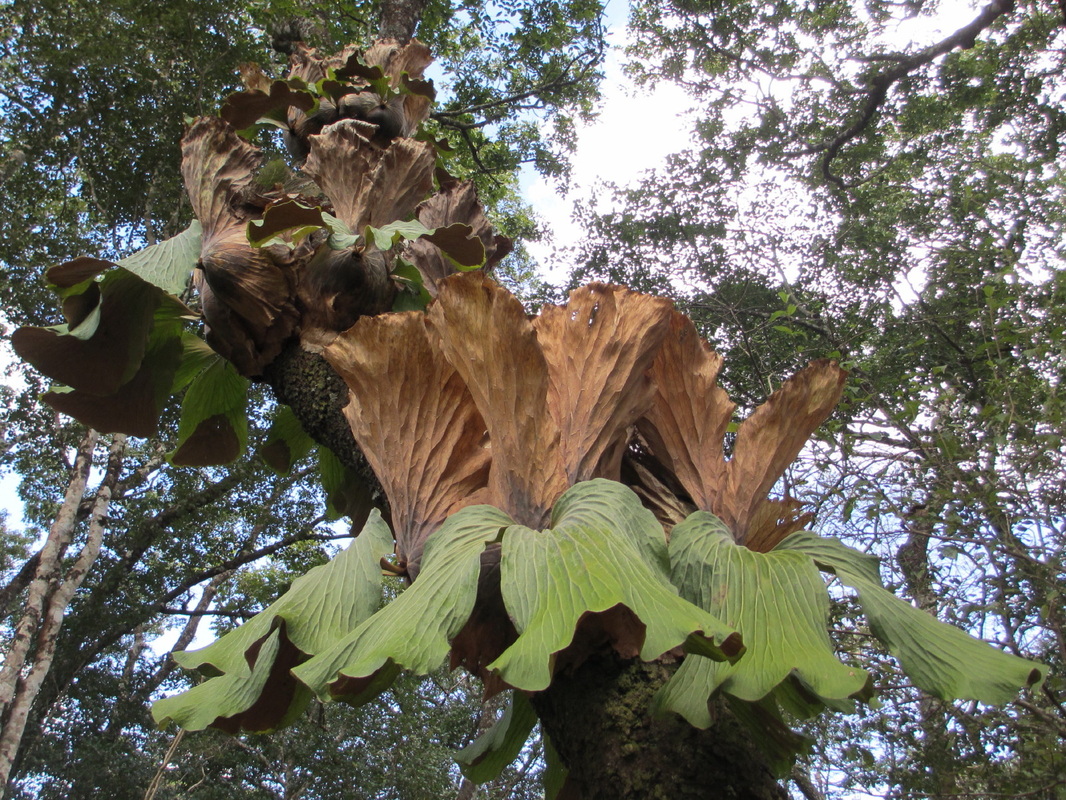
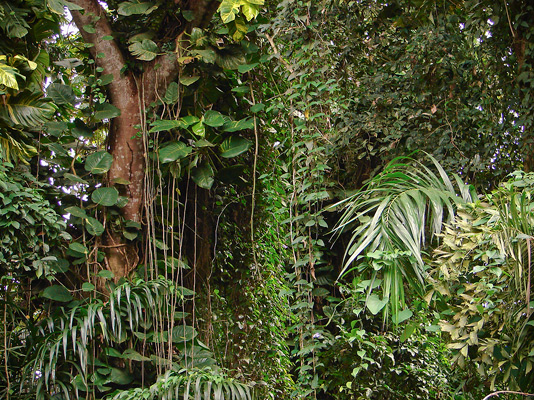
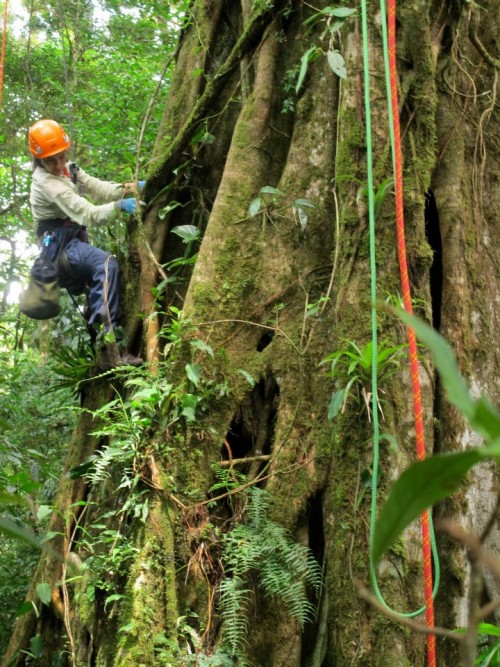
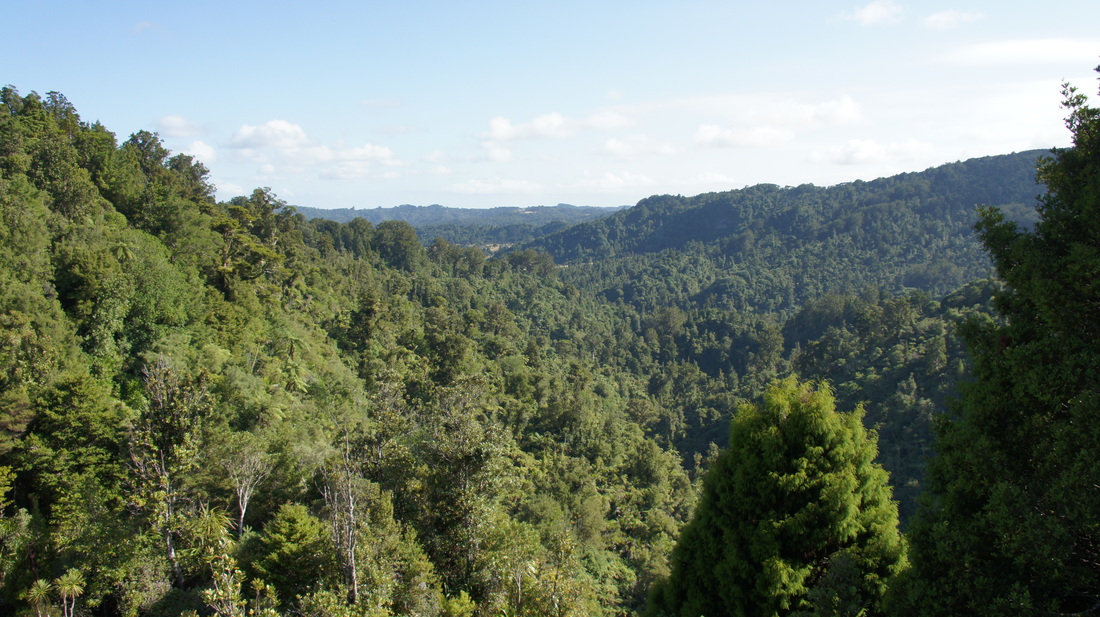
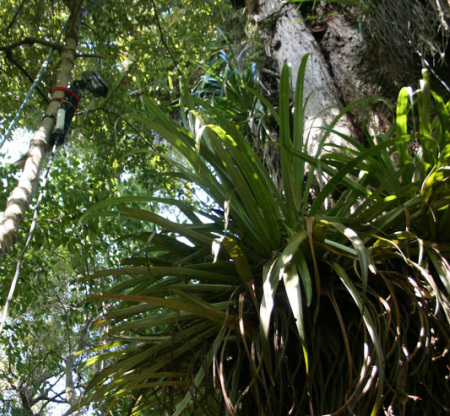
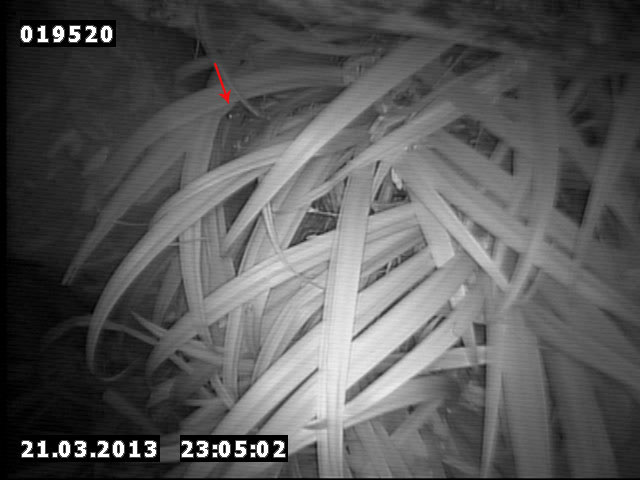
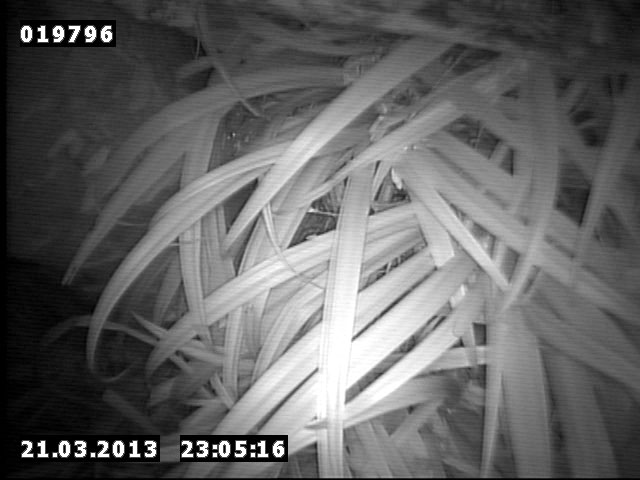
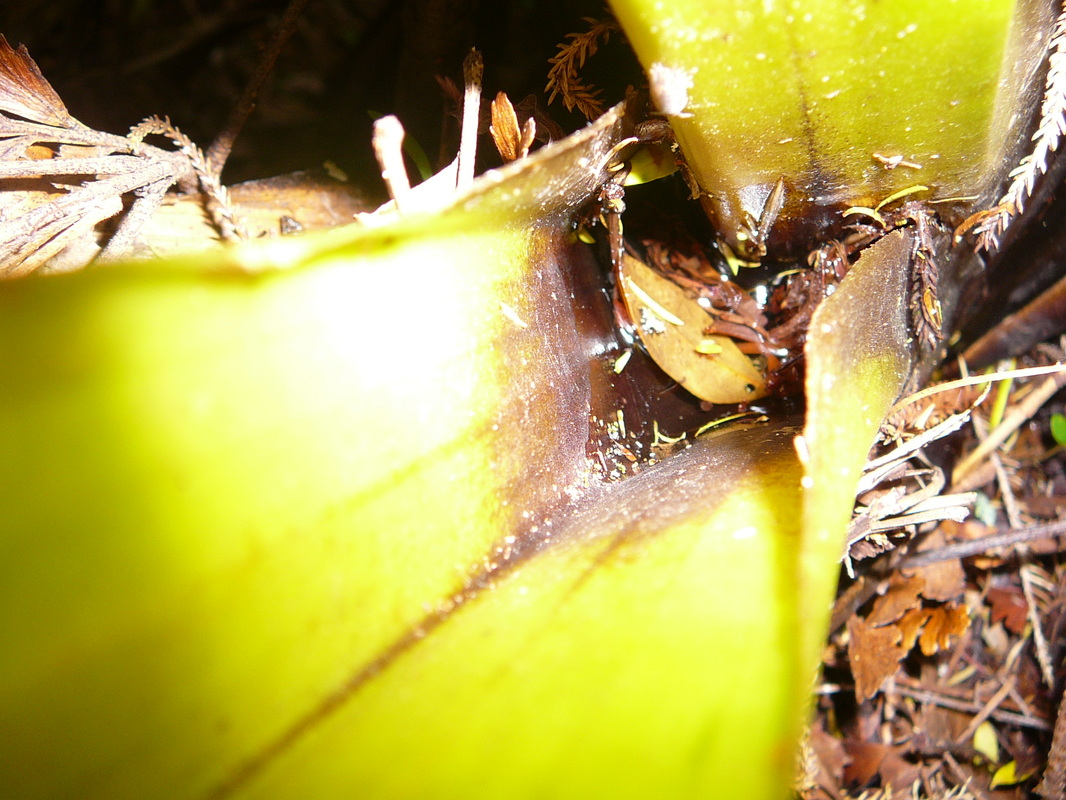
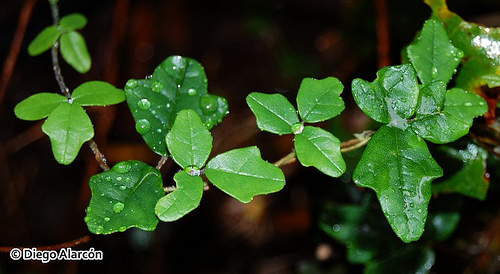
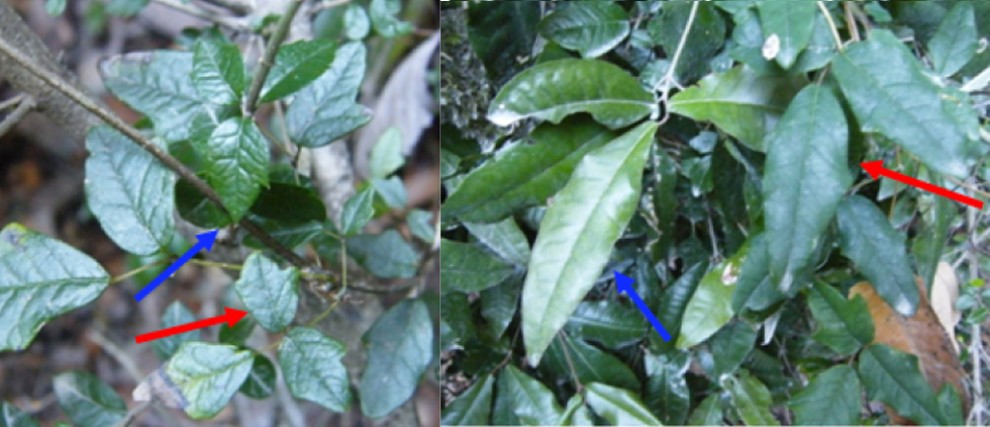
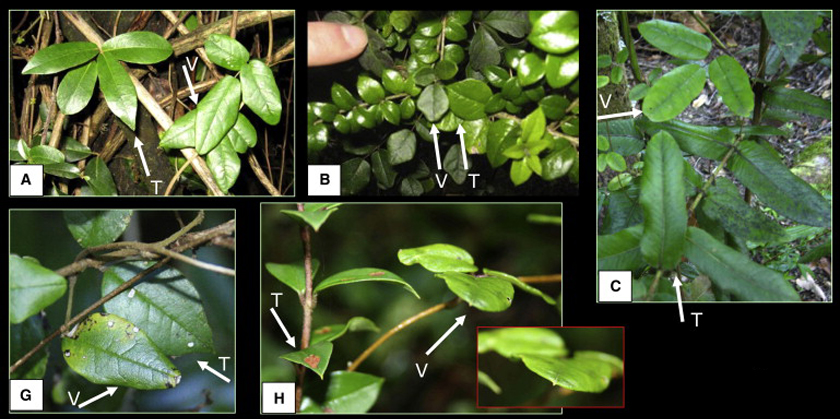
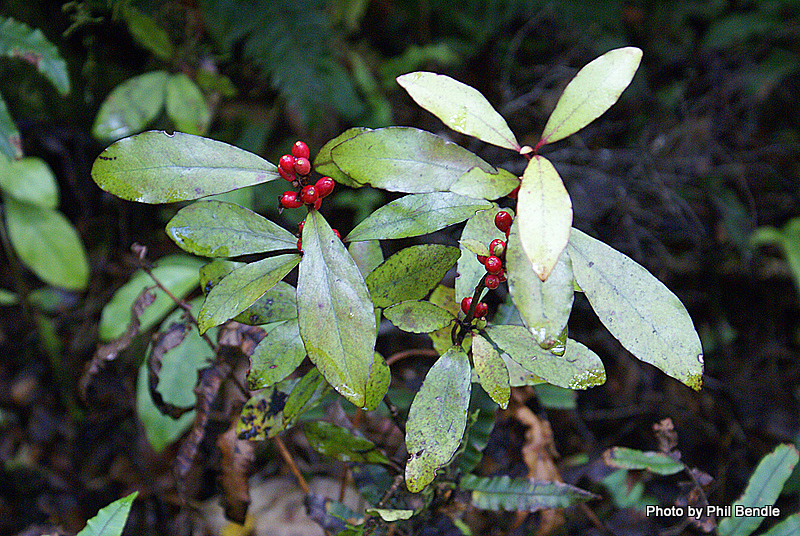
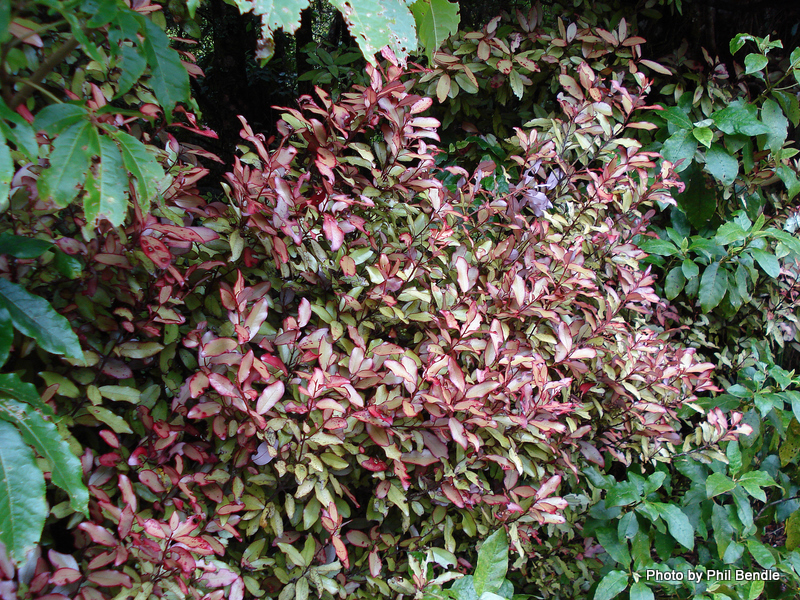
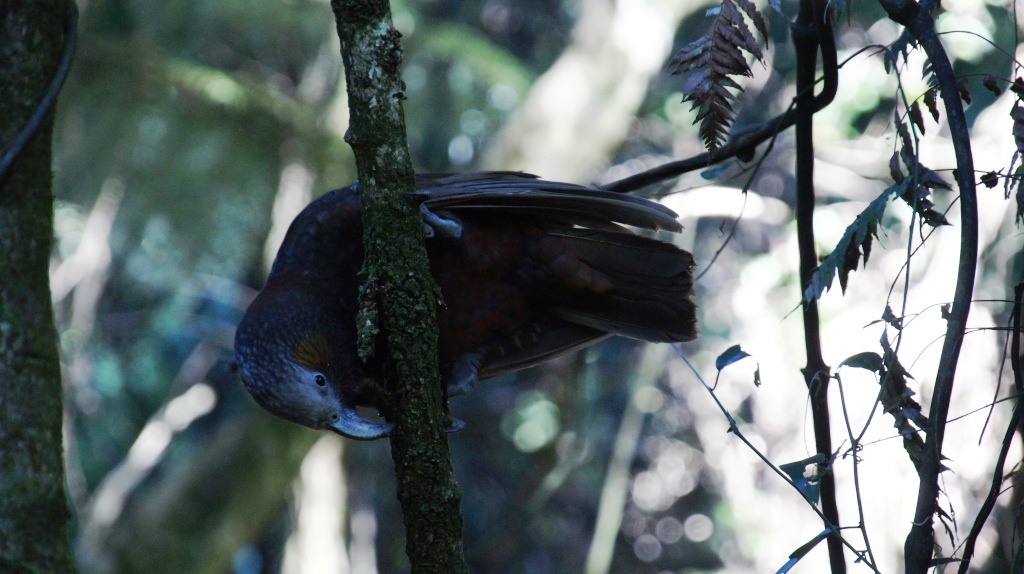
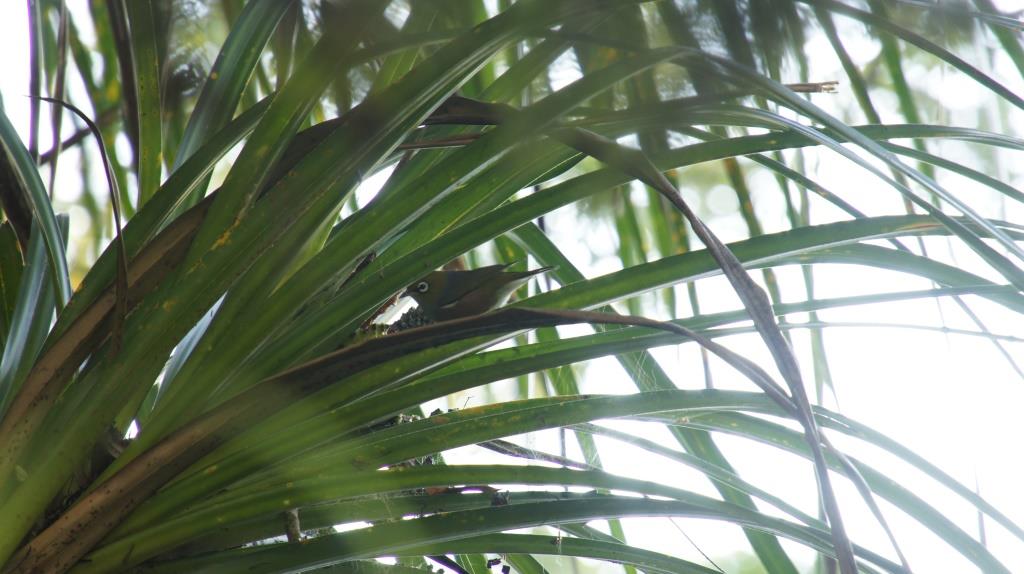
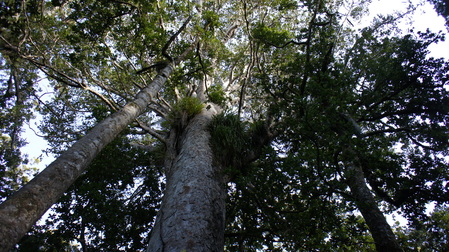
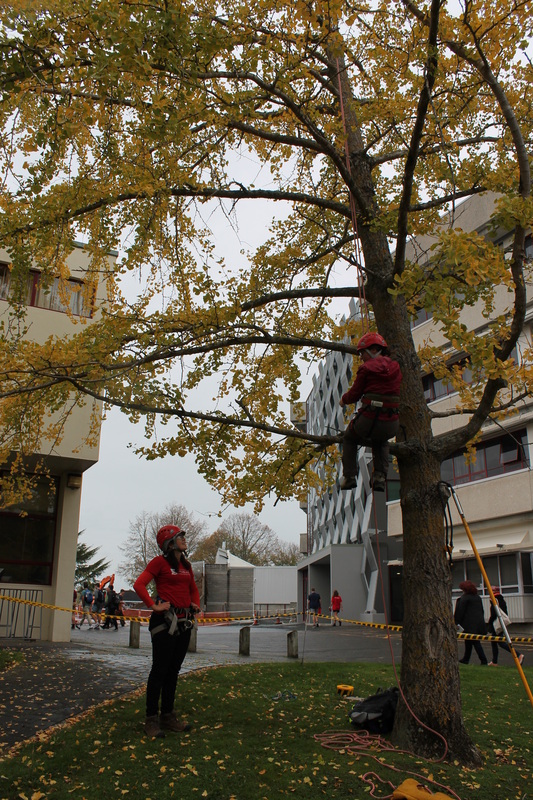
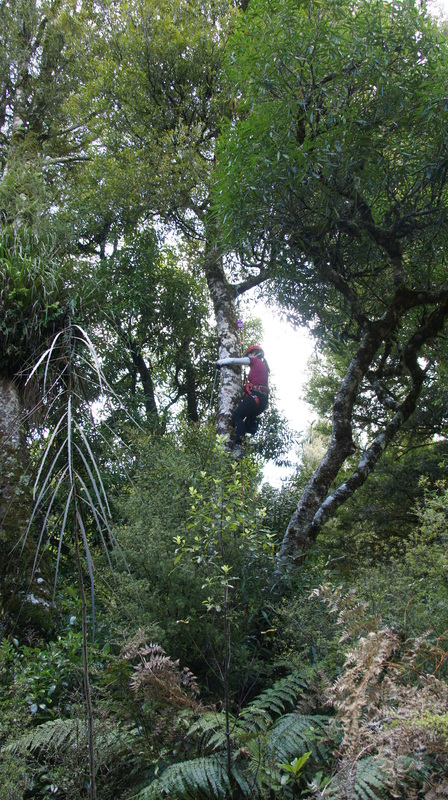
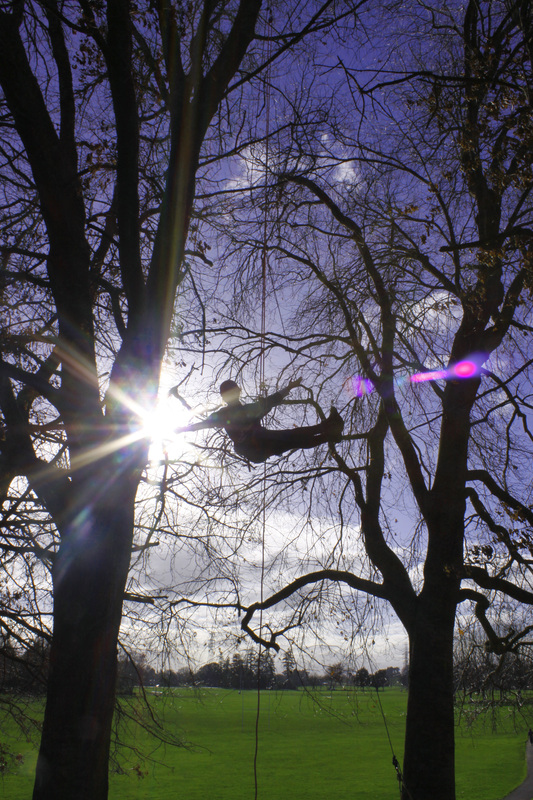
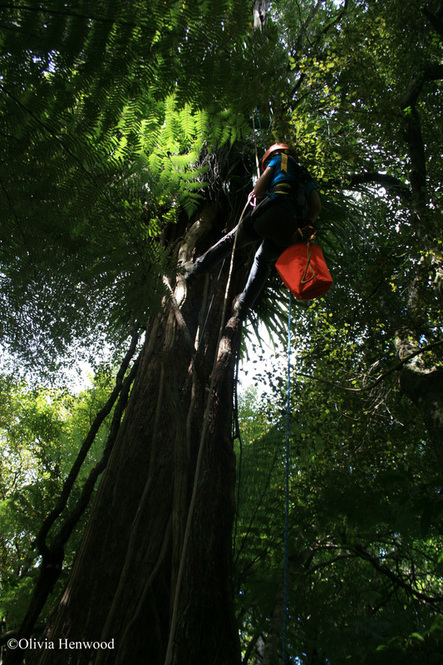
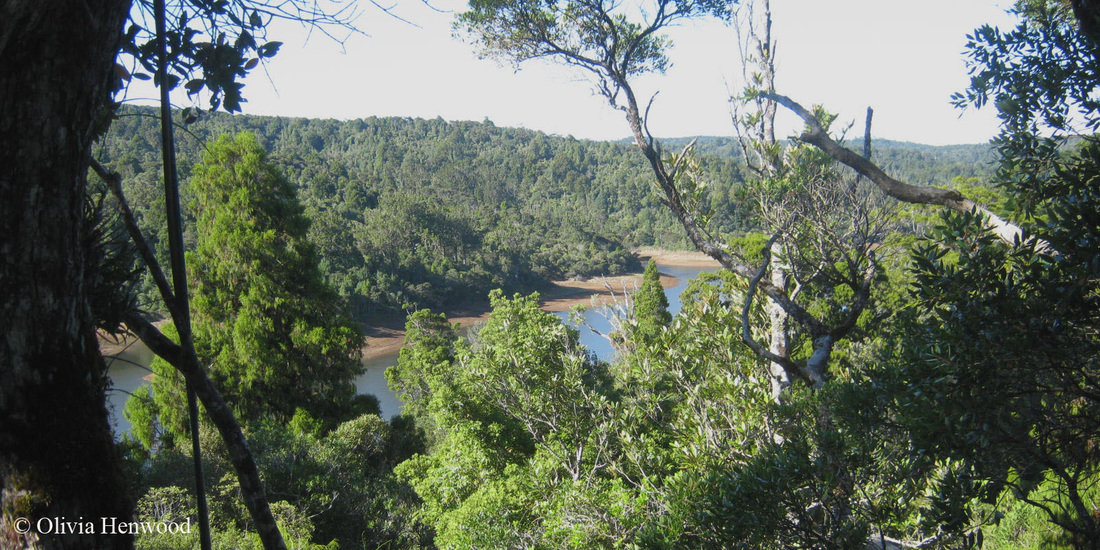
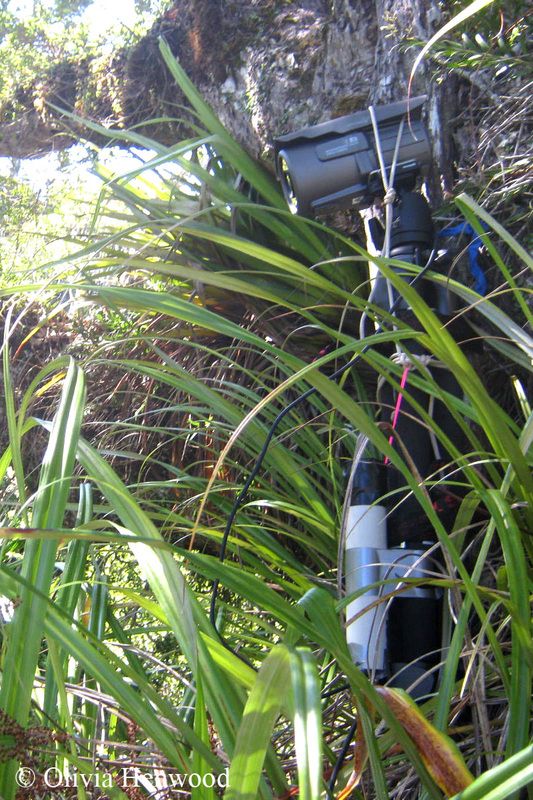
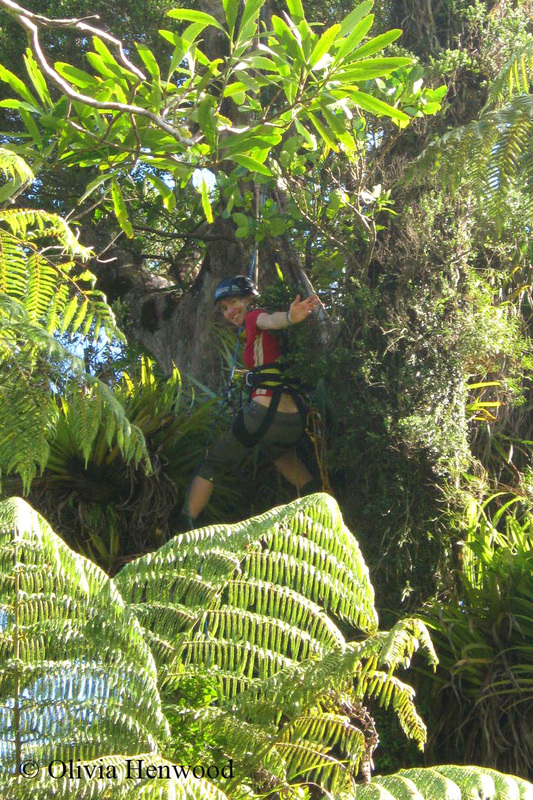
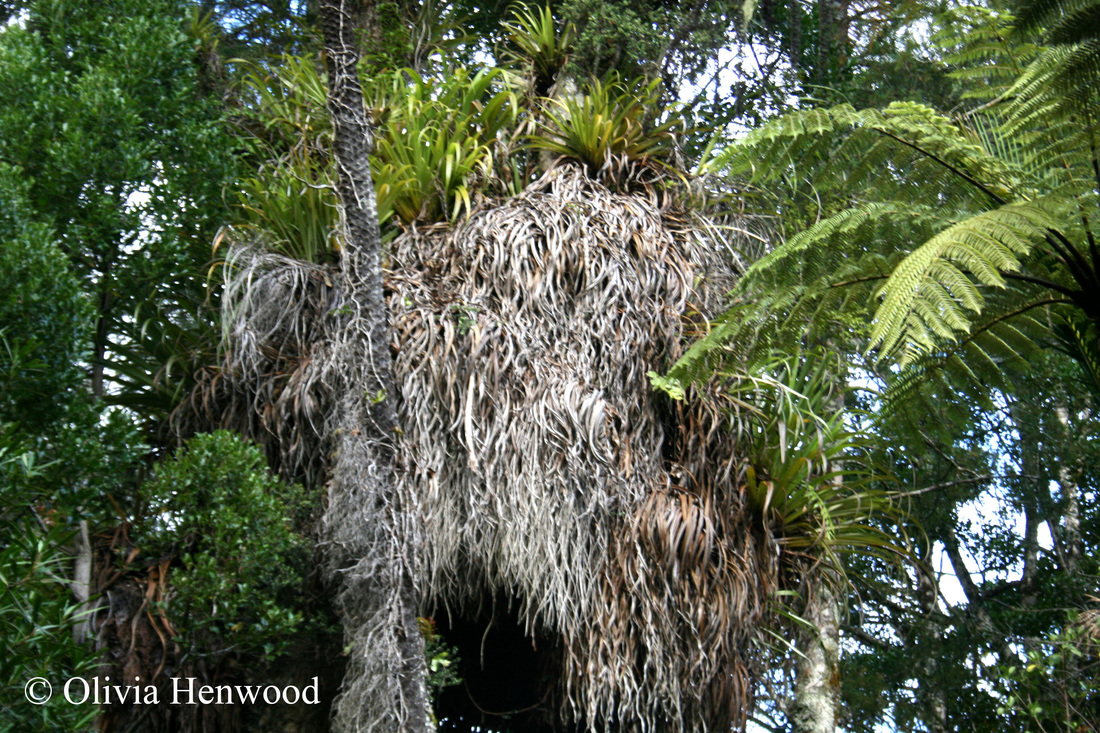
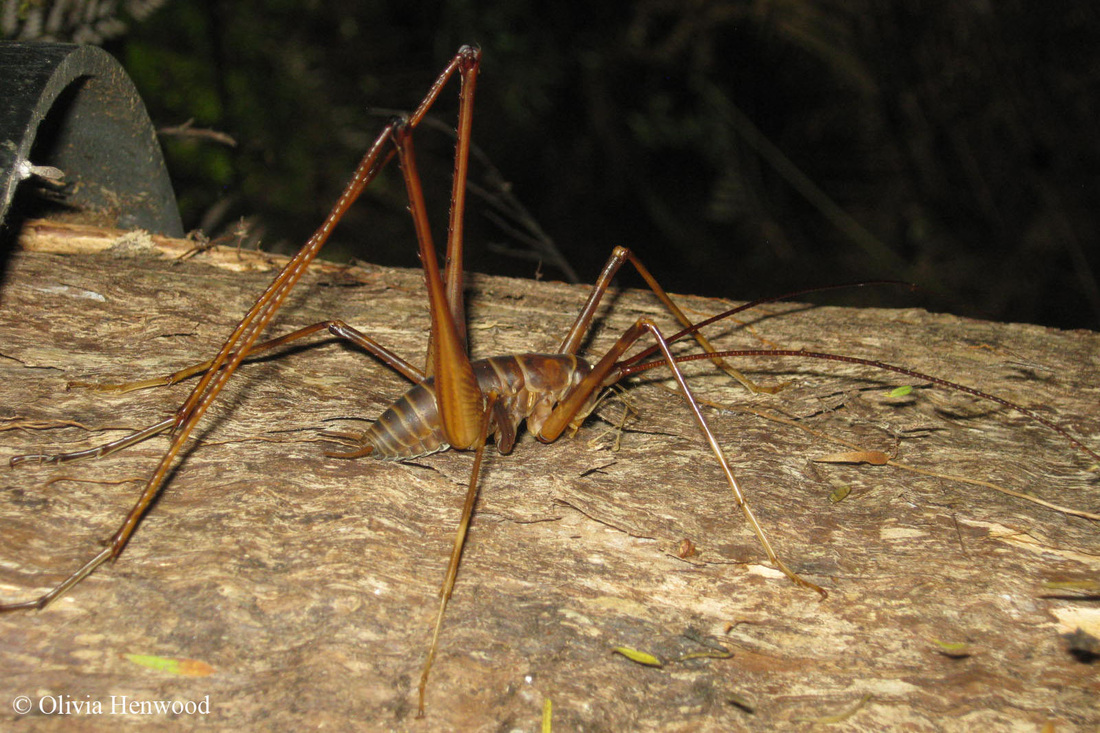
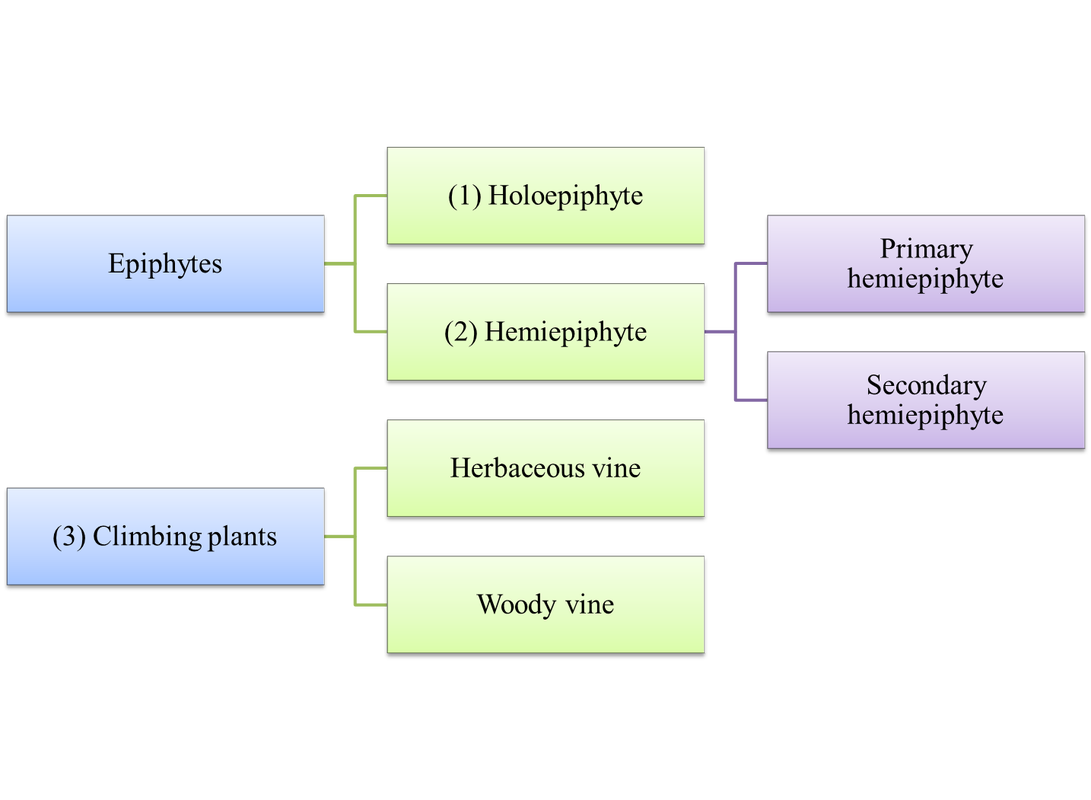
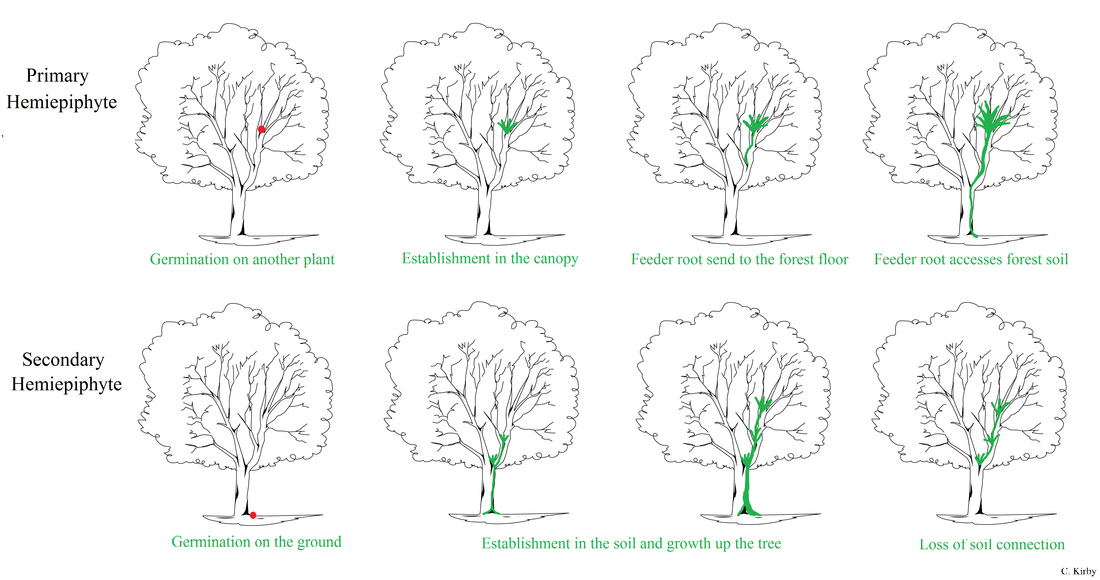
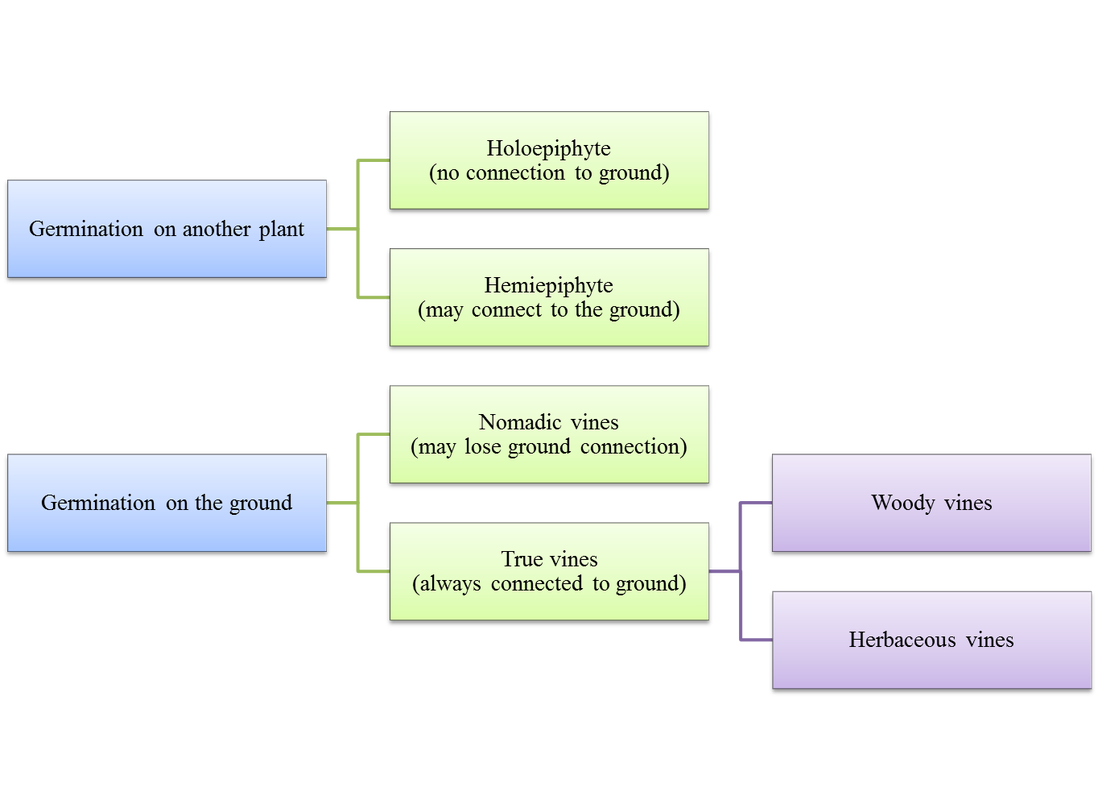
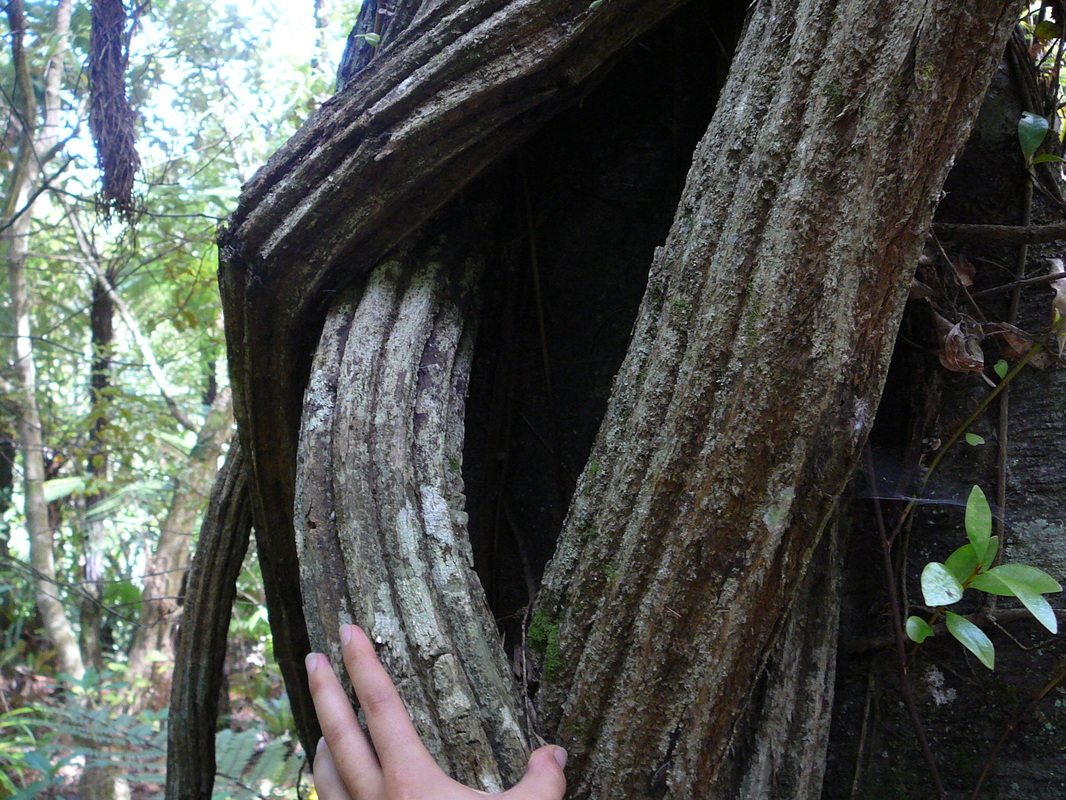
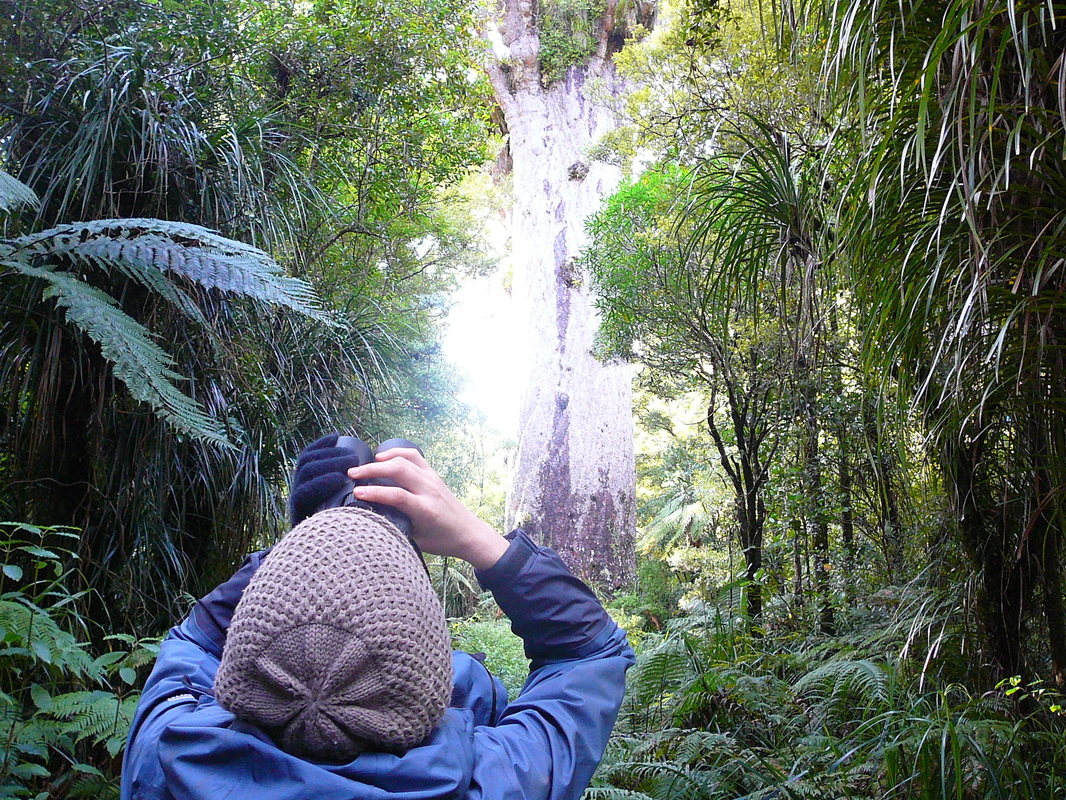

 RSS Feed
RSS Feed
